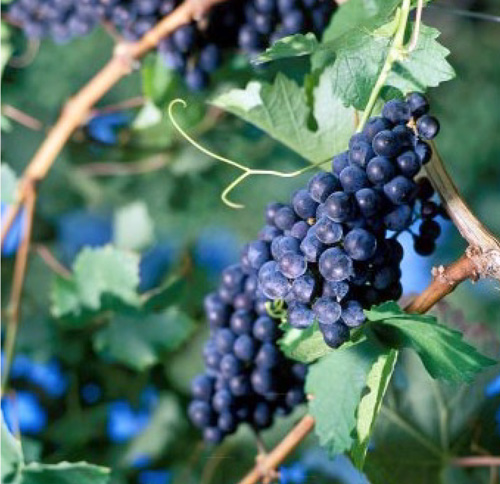Get a Jump on Frost with KDL
How can KDL help protect or minimize frost damage?
 During spring, as plants begin to grow new green tissue, the demand for nitrogen is at its greatest. At this stage the nitrogen to potassium ratio favors nitrogen. During the fall, as fruit ripens and plants begin to “harden off” and prepare for winter, the demand for potassium is at its greatest. At this stage the potassium to nitrogen ratio favors potassium.
During spring, as plants begin to grow new green tissue, the demand for nitrogen is at its greatest. At this stage the nitrogen to potassium ratio favors nitrogen. During the fall, as fruit ripens and plants begin to “harden off” and prepare for winter, the demand for potassium is at its greatest. At this stage the potassium to nitrogen ratio favors potassium.
In the spring, when soil is still wet and cold, roots may not operate as efficiently as during the summer. In addition to climatic conditions, soil type, pH, etc., can also affect uptake of nutrients. These factors, combined with the natural increased demand for nitrogen, may predispose the plant to low or deficient levels of potassium. Potassium is an important element in cell wall turgor. Having tender new tissue growth with a high nitrogen to potassium ratio creates susceptibility for frost damage.
Applying KDL immediately before an expected frost can help increase potassium and sugar levels within the plant and temporarily put the plant into a more “winterized” or hardened mode, where its tissue is better able to survive cold temperatures. Every frost event is different and KDL may not be effective in all conditions. KDL is designed to enhance plant tolerance to frost, but is not designed to protect against severe or extended frost or freeze events.
When to apply KDL
KDL should ideally be applied within 36 hours before a frost is expected. The recommended rate is 1 gal/acre. If frosts are expected to occur on two or more successive nights and day time temperatures are expected to remain low, (below 55° F), KDL does not need to be reapplied. However, if a frost is followed by two or more days of good weather (daytime temperatures 65° F or greater), the plant will metabolize the potassium quickly. If a second frost is predicted after two or more days of good weather, for maximum protection, KDL should be reapplied at 1 gal/acre.
